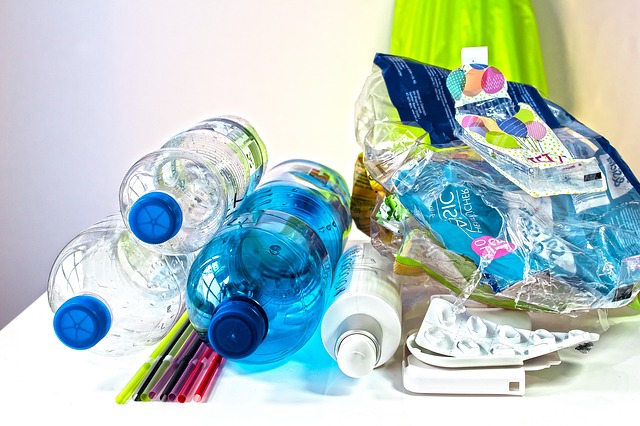The trouble with severely limiting packaging to what can be recycled or composted is, according to the Covered Materials Category List that was developed under the requirements SB 343, most packaging materials cannot be recycled or composted. Phasing out single-use food packaging, which is harmful to the environment, is a noble cause but it needs to be done as technology advances and the market demands.
Too many things about climate change policy are like the “Field of Dreams” mantra – “build it, and they will come” – in their approach. The trouble with “build it and they will come” policies is that they don’t consider the consequences of the “building” taking longer than expected or that maybe no one is coming.
Styrofoam food packaging was the standard for many years until the effects of the material on the environment became more evident. At that juncture, there was a massive effort to move toward lined paper containers. The move to paper containers did not occur in the absence of Styrofoam but rather despite it. There are few instances in which Styrofoam packaging still occurs because better, less environmentally damaging packaging became the norm.
Now, there is another crossroads for what constitutes the “right” packaging material. Under the Covered Materials Category List, lined or waxed paper or cardboard containers do not meet standards for recycling or composting. Not because they don’t work well or because there is a significant outcry about their dangers but because they don’t fit the newest version of climate change zealotry.
Alternatives to lined paper or cardboard food packaging exist but they are not without their drawbacks. Fully recyclable or compostable packaging is, in some instances four times more expensive than its existing lined counterpart. In other cases, there is no suitable alternative available.
For example, barcode stickers on produce are neither compostable nor biodegradable. In their current form, produce stickers violate the auspices of SB 343. New produce stickers that do meet the requirements of the law are under development but may not be available in time to meet the deadlines of the law. The potential lag in development may increase food costs because manufacturers will be required to pay additional funds into the Producer Responsibility Organization to off-set their use.
Rather than taking a “build it and they will come” approach, regulators should take a “we will help you build it, so it suits your needs” approach. By incentivizing technology improvements rather than operating through a de facto ban structure, producers are encouraged to adopt what works well for their business operations and budgets. Adopting the best packaging for a respective business, ultimately saves consumers money while still encouraging helping the environment.

